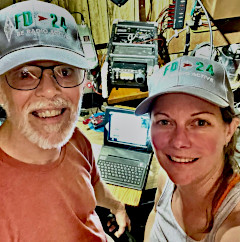 Each year on the 4th weekend of June, thousands of Amateur Radio operators operate during a 24 hour period primarily to simulate some sort of emergency scenario. Field Day can take many different forms. From a club setting up in a field with generators, to home stations running on grid power. For us, Field Day is somewhere in between these two scenarios.
Each year on the 4th weekend of June, thousands of Amateur Radio operators operate during a 24 hour period primarily to simulate some sort of emergency scenario. Field Day can take many different forms. From a club setting up in a field with generators, to home stations running on grid power. For us, Field Day is somewhere in between these two scenarios.
. Since my daughter, KC8GRS, has moved back into the area, we have been running Field Day from my house using emergency power for the past few years. We both look forward to it and have a great time. To some Field Day purists, operating from a home station is frowned upon. Since Field Day, and the primary purpose of amateur radio is to provide emergency communications in times when traditional methods aren’t working. I ask the question, what is the most likely scenario in a grid-down situation? Going out in the middle of a cow pasture and setting up your gear (yes I have done that on Field Day) or staying home.
To me, the more likely scenario is to stay home. A great example of this is two years ago there were two tornadoes that ripped through our area. Large portions of our area were without power. I was without power for 4 days yet I stayed home, cooked my meals, helped my neighbors, and yes, was able to provide communications via my off-grid amateur radio station.
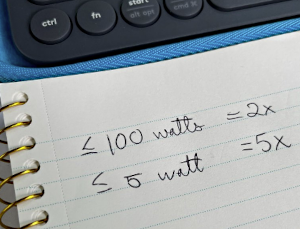 When we do Field Day, we operate class 1E battery. By running 5 watts we get a multiplier of 5. Since Laura likes to run digital, and I like to run CW, both of these modes get 2 points per QSO. With the 5 multiplier, we get 10 points per QSO – I like it! To make up for the low power, my main antenna is a 430 foot horizontal loop up 50 feet. This antenna seems to make up the difference when we are running QRP on Field Day.
When we do Field Day, we operate class 1E battery. By running 5 watts we get a multiplier of 5. Since Laura likes to run digital, and I like to run CW, both of these modes get 2 points per QSO. With the 5 multiplier, we get 10 points per QSO – I like it! To make up for the low power, my main antenna is a 430 foot horizontal loop up 50 feet. This antenna seems to make up the difference when we are running QRP on Field Day.
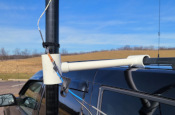 I have been doing
I have been doing 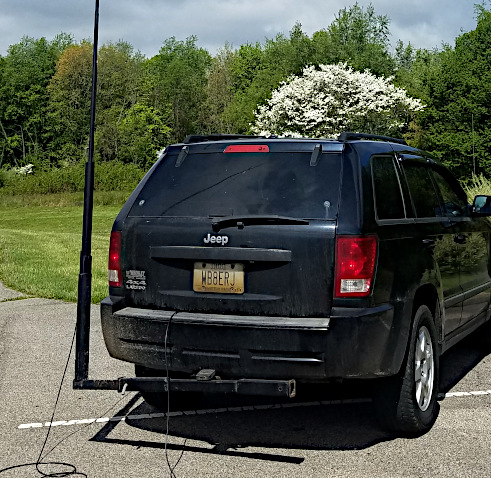
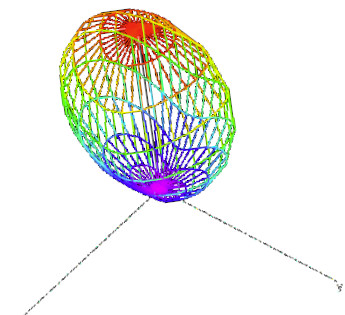 Several months ago, someone on the Parks On The Air POTA Facebook page posed the question “Has anyone made a POTA activation on 160 Meters?” To be honest, I really haven’t given 160 Meters much thought, let alone for a
Several months ago, someone on the Parks On The Air POTA Facebook page posed the question “Has anyone made a POTA activation on 160 Meters?” To be honest, I really haven’t given 160 Meters much thought, let alone for a 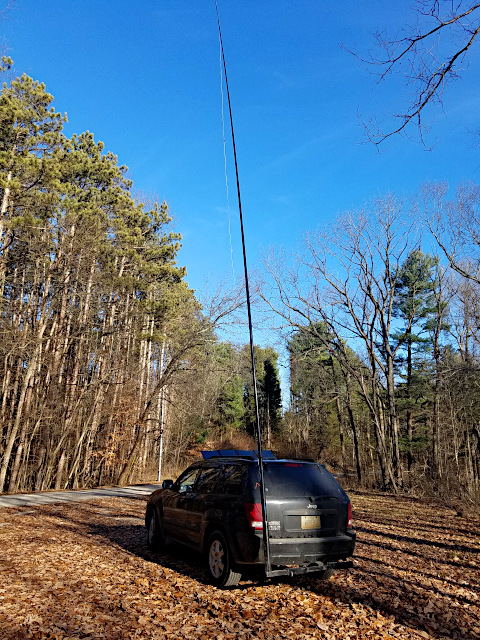 Since my
Since my 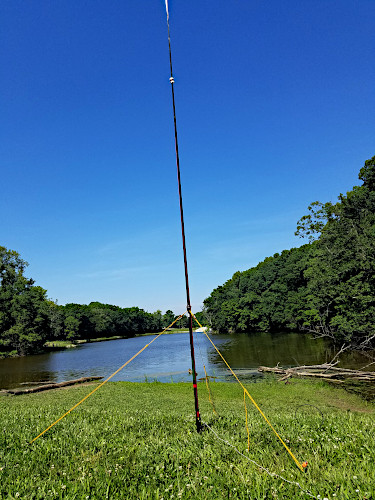 There is something exciting doing a POTA activation where you hike in with all your gear in a pack and activating a park running QRP power. Since my original post about my first
There is something exciting doing a POTA activation where you hike in with all your gear in a pack and activating a park running QRP power. Since my original post about my first 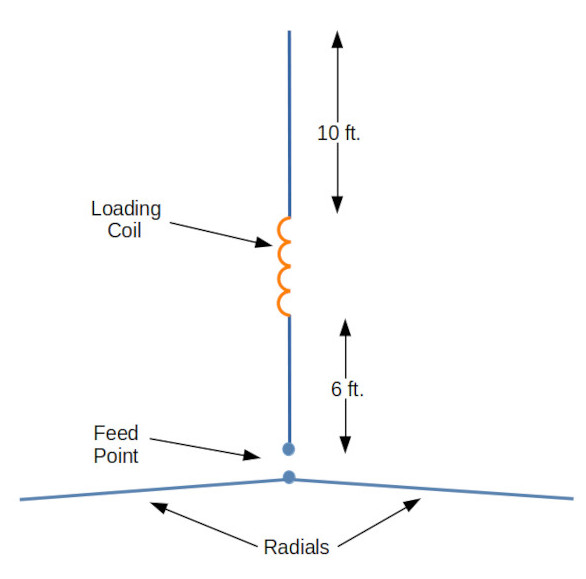
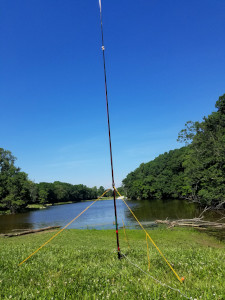 Recently I went on vacation to Virginia and wanted to do some POTA activations using my new
Recently I went on vacation to Virginia and wanted to do some POTA activations using my new 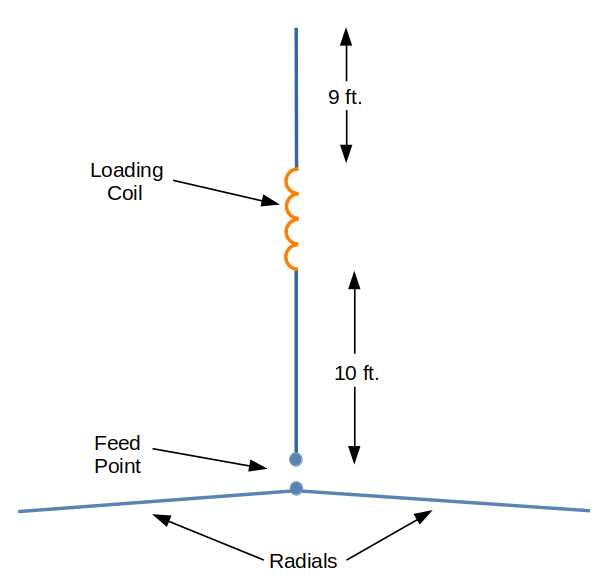
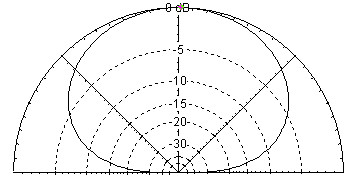 Part of being a ham radio operator is to provide communications in times of emergencies. With the upcoming
Part of being a ham radio operator is to provide communications in times of emergencies. With the upcoming